
Cuckoo
Cuckoo
Cuckoo
Have you heard of the bird known as the 'Common Cuckoo'? Its distinctive call, 'cuckoo, cuckoo,' is quite famous. It's renowned worldwide, appearing in various stories and folklore. The Common Cuckoo has a unique way of laying eggs and raising its young, which is fascinating. Let's explore these interesting aspects and learn more about the Common Cuckoo together!
Cuckoo Basic Infomation
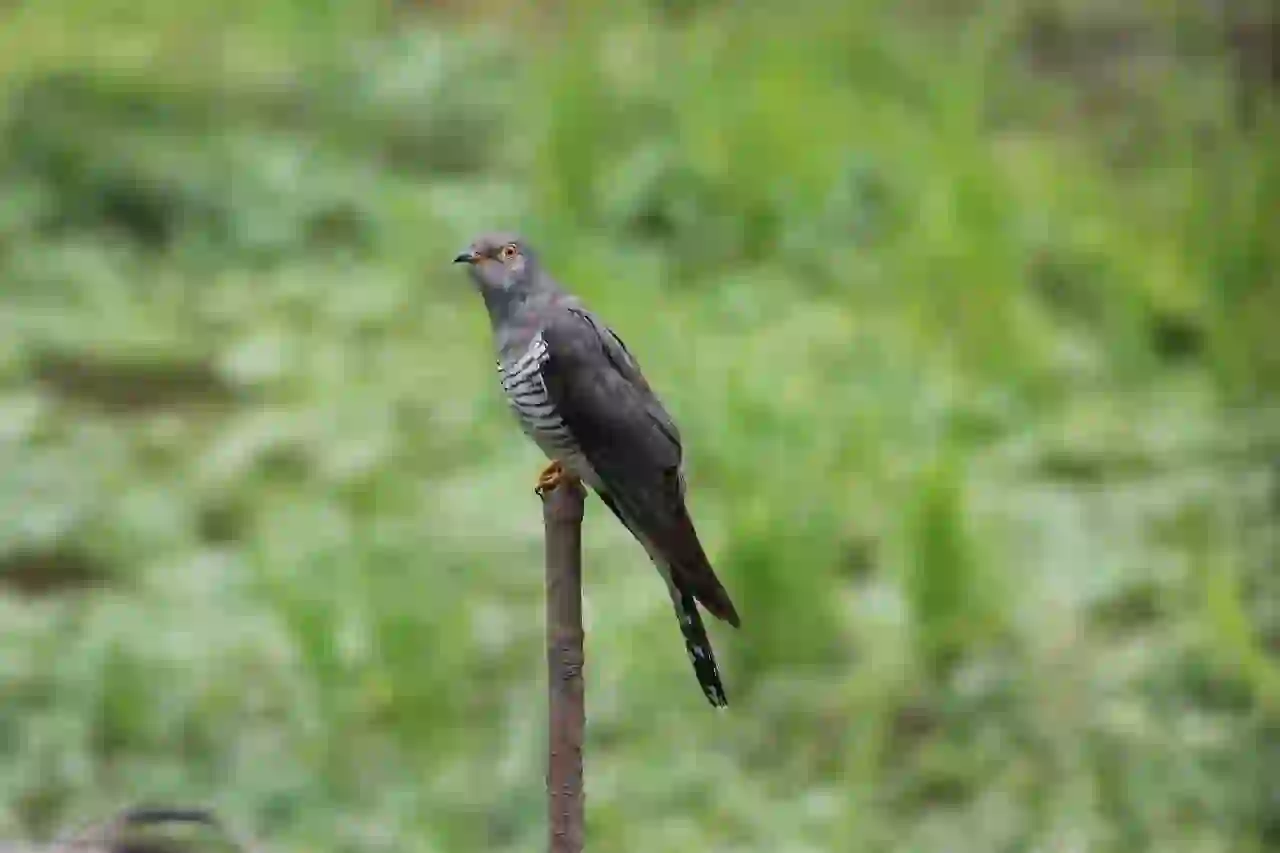
Basic Information about Cuckoo
Class: Aves, Order: Cuculiformes, Family: Cuculidae, Genus: Cuculus
Total length: 35 cm
Cuckoos inhabit a wide range of regions, including Asia, Europe, and Africa. In winter, they migrate to warmer regions like the Sahara Desert and South Asia. They also come to Japan around May as summer birds.
They have a slender body, with gray or grayish-blue heads and backs. Their bellies are white with striped patterns. Females have red throats and generally gray heads and backs, but sometimes there are types with reddish-brown coloration. They have long tails and wings. Males lower their wings and sway their tails from side to side while calling 'cuckoo, cuckoo.'
Cuckoos have two toes pointing forward and two pointing backward, which is rare among birds. Typically, birds have three toes pointing forward and one pointing backward. With the same number of toes pointing forward and backward, cuckoos can grip trees and perch on branches more easily. It seems that different places of residence and habits may affect their characteristics among birds.
Cuckoo Q&A

What's the origin of the name 'Cuckoo'?
The name 'Cuckoo' comes directly from its call. You might think, 'Of course,' but this origin is not only in Japan; it is the same in other countries.
In China, the name is '郭公,' similar to Japan, suggesting that the call sounds like 'cuckoo.' However, in other countries, it might not sound like 'cuckoo, cuckoo.'
In English, it's 'Cuckoo,' in French 'Coucou,' in German 'Kuckuck,' and in Dutch 'Koekoek.' The names are derived from the sounds they make.
The scientific name is 'Cuculus canorus,' where 'canorus' in Latin means 'resonant' or 'melodious.' The call of the cuckoo might have been thought of as musical.
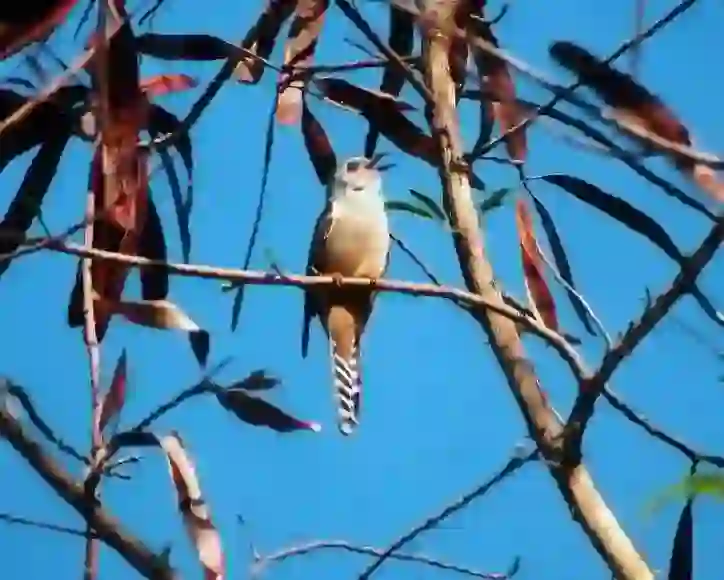
Why do Cuckoos live in certain areas?
Cuckoos inhabit forests, grasslands, farmlands, and bright open spaces. They are seen perched on trees and power lines, calling.
In Japan, they are summer birds, arriving around May and staying until autumn in regions like Hokkaido, Honshu, and Shikoku. You can also find them in mountains and parks in Japan.
They typically act alone, but during the breeding season, they become polyandrous, forming families with more males.
The call of the cuckoo is famous. In Japan, when they first arrive, they often call 'cuckoo, cuckoo,' but by autumn, when they leave, they stop calling, disappearing unnoticed. Perhaps this avoids making Japanese people feel lonely.

What do Cuckoos eat?
Cuckoos are insectivorous, eating insects and arthropods. They particularly favor caterpillars and other toxic insects that other birds avoid. This eliminates competition for food. In nature, having a wide variety of food sources increases survival chances, leading cuckoos to specialize in eating insects other birds don't.
Caterpillars have spines like needles, which can get stuck in the cuckoo's stomach. It's quite dangerous.
Cuckoos may also eat the eggs or chicks of other birds. Although they are birds, they might be eating to survive.
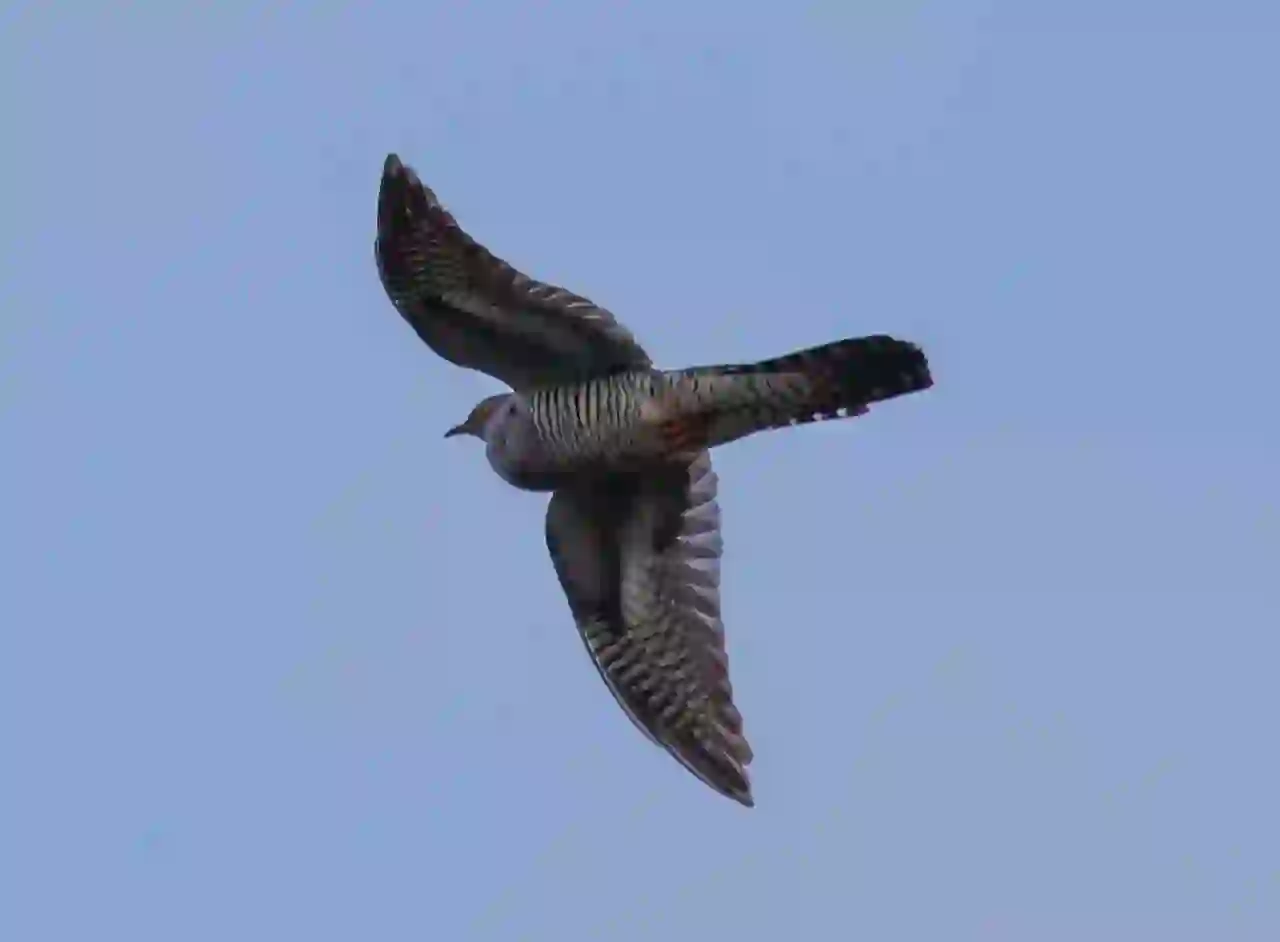
Is it true that Cuckoos let other birds raise their young?
I mentioned earlier that cuckoos have a unique way of laying eggs and raising their young. They actually let other birds raise their chicks until they fledge. How does this work?
Cuckoos practice 'brood parasitism,' where they leave their eggs with other birds to raise. In Japan, they use birds like reed warblers, shrikes, robins, buntings, wagtails, and many others.
During the breeding season, from May to August, female cuckoos find a suitable host by observing other birds' nesting patterns. Instinctively, they look for birds with similar eggs.
Once a host is chosen, the cuckoo might remove or swallow the host's eggs to hide the evidence before laying its own egg. This process only takes 3-10 seconds, making it very fast.
Cuckoo eggs are designed to resemble the host's eggs in color and pattern. The smaller size helps to fit in without attracting attention and allows the cuckoo to lay more eggs. Since they don't need to raise the chicks, they lay as many eggs as they can.
The host birds will care for the cuckoo's eggs, unaware of their true origin. Cuckoo eggs hatch 1-2 days earlier, and the chicks instinctively push other eggs and chicks out of the nest.
While most bird chicks clear the nest to maintain cleanliness, cuckoo chicks push everything out. This leaves the cuckoo chick alone in the nest, receiving all the food meant for 4-5 chicks, growing larger than the host birds. However, the host birds don't seem to notice this unusual behavior.
Cuckoos can't regulate their body temperature, so they might rely on other birds to keep the eggs warm. This inability to maintain warmth could be a reason for their reliance on other birds.
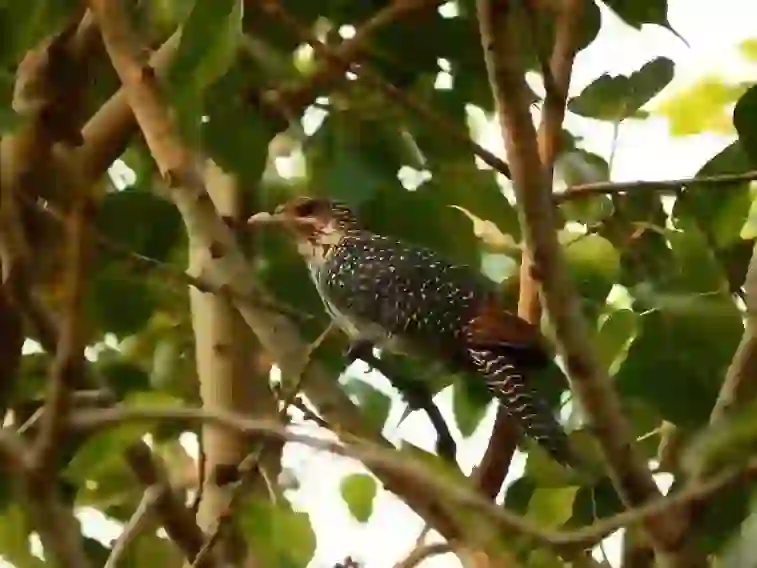
Do Cuckoos and other birds compete over eggs?
Cuckoos leave their eggs with other birds, but the host birds are beginning to recognize cuckoo eggs. To prevent losing their own offspring, they take measures like changing the pattern or color of their eggs to distinguish them from cuckoo eggs.
If cuckoos can't mimic the host's eggs, they might change hosts to another species. This leads to a constant battle between the cuckoos and their hosts to ensure their own offspring survive.
However, cuckoos only lay eggs and don't know what happens to the chicks afterward. They might be eaten by predators or thrown out if discovered. The parents can only hope the host birds don't notice.
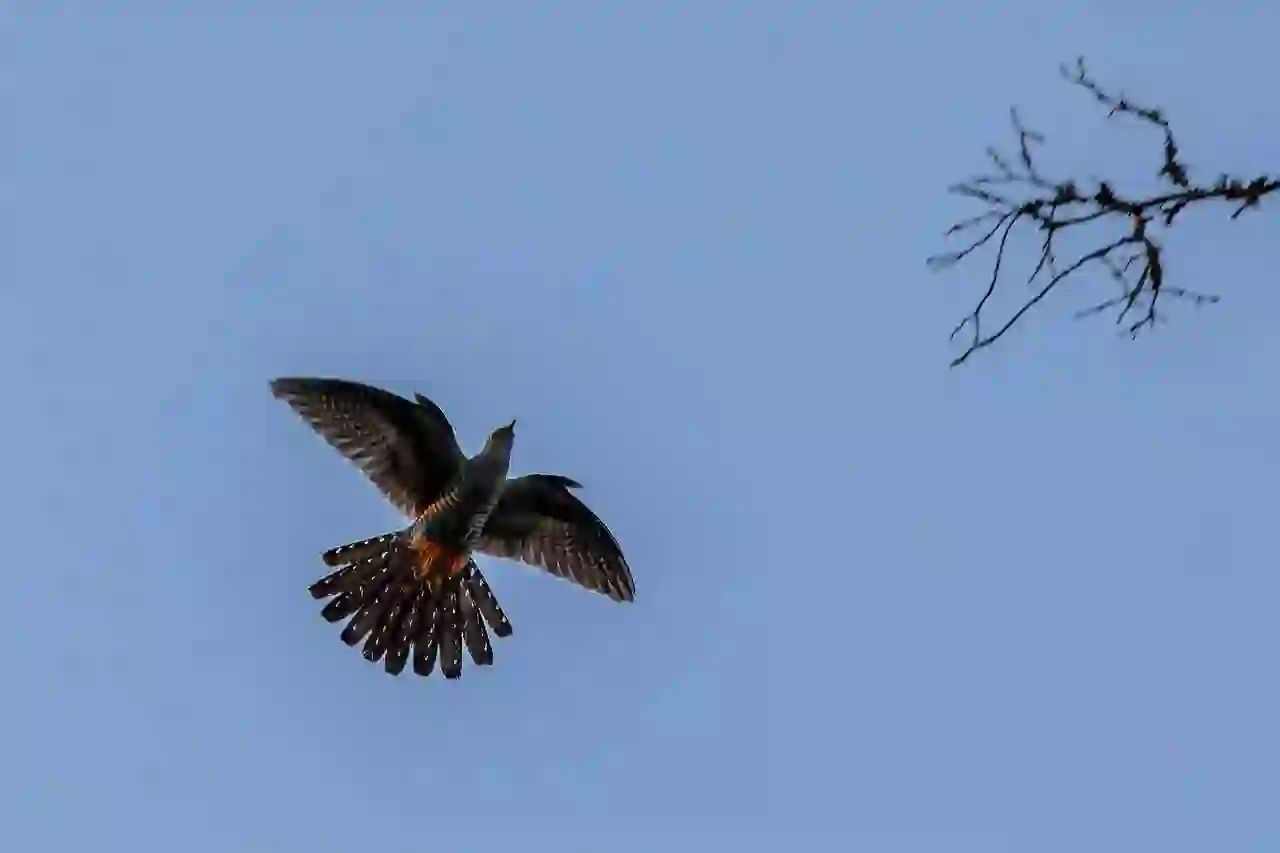
Are Cuckoos good at mimicking?
While we know that cuckoos can mimic other birds' eggs, they are also good at imitating voices.
The stripes on their bellies can make them look like hawks when seen from below. Additionally, they are good at mimicking the calls of hawks, which helps them approach nests for brood parasitism without raising alarm.
This allows cuckoos to perform brood parasitism more easily.

Does the male Cuckoo act as a decoy during brood parasitism?
Male cuckoos can't lay eggs, but they can call 'cuckoo, cuckoo.' This becomes crucial.
Male cuckoos call to establish territory and attract mates for polyandry. But even when territories and mates are established, they keep calling. Why is that?
Male cuckoos call from visible spots, drawing the attention of the host birds' males. This distraction allows the female cuckoo to lay eggs while the host males chase away the cuckoo male.
This is a well-planned strategy to increase the success of brood parasitism.
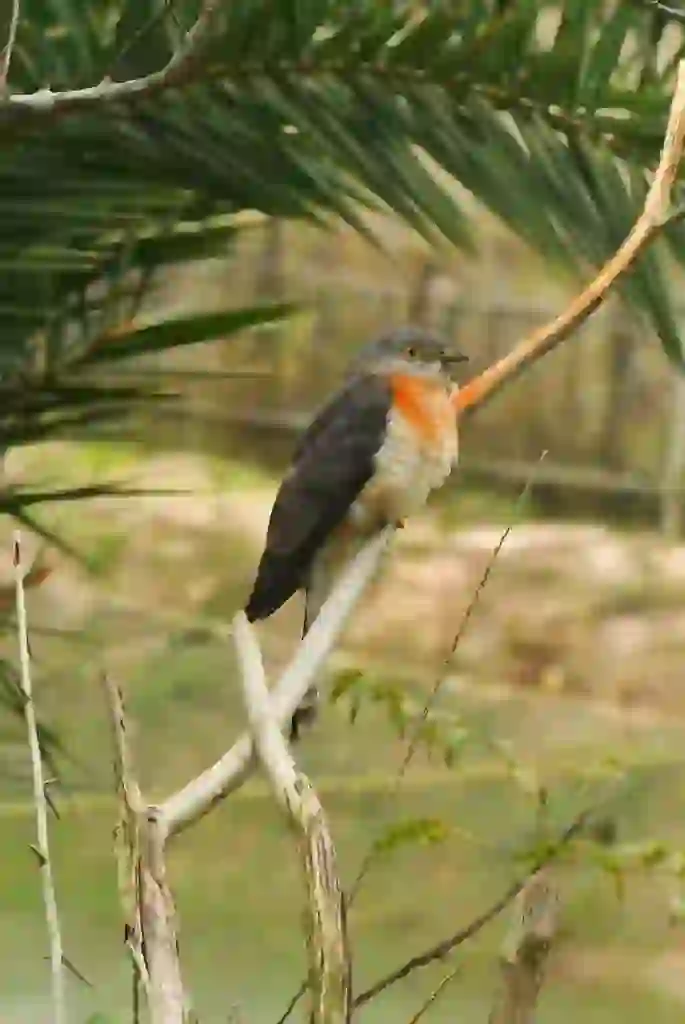
Can Cuckoos that come to Japan speak human language?
Birds have long been considered 'reincarnations of humans,' believed to speak to people even as birds. This has led to stories where cuckoos are said to be talking rather than singing.
One old story tells of a mother and her child. The mother asked the child to scratch her back, but the child was playing and didn't hear. The mother scratched her back on a rock by the river and fell into the river, dying. The child regretted it, and as a bird, now cries 'back scratch, back scratch.'
Another story involves two sisters, one of whom became a cuckoo and the other a lesser cuckoo. The younger sister mistakenly believed the older sister had eaten the best part of the roasted sweet potato, leading to an argument that ended in the older sister's death. The older sister became a cuckoo, calling 'stubborn, stubborn,' while the younger sister became a lesser cuckoo, calling 'knife, knife.'
Such stories suggest that cuckoos might be speaking human language, communicating with us.
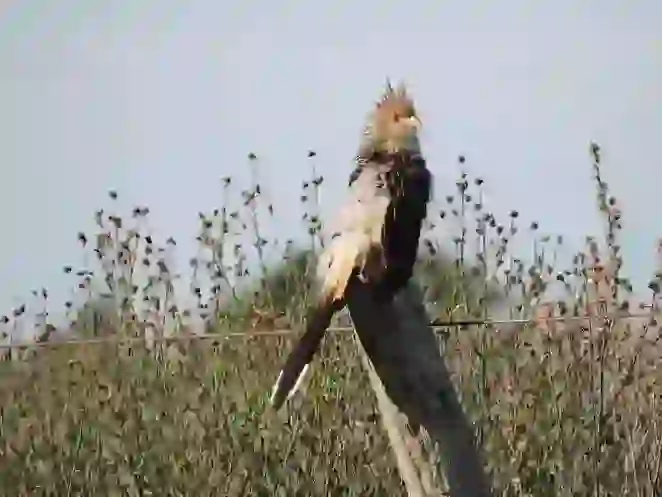
Is the Cuckoo's call considered a bird that brings good fortune in other countries?
The cuckoo's call is well-known, inspiring various legends in many countries.
In France, if you have money in your pocket when you hear the first cuckoo call, you won't have financial problems for a year. The call is considered bright and joyful, even featured in folk songs.
In ancient Greece, the cuckoo's call signaled the start of the agricultural season, used by farmers as a timing guide. In China, early cuckoo calls meant a good year, while late calls signaled a bad year.
In some regions, the cuckoo was considered a bridge between the living and the dead. The Buryat people in Siberia believed the cuckoo could resurrect a dead hero, allowing cremations only when cuckoos were around.
In some parts of Europe, people would count the cuckoo's calls to predict how many years it would take before they got married. It seems that girls in every country enjoy divination and romantic tales.

Would you like to become a part of the 'Animalbook.jp'?
Turn your knowledge into Q&A and share it with the world. ※Publication will be activated after purchase. Let's share information together!
Cuckoo Type of List
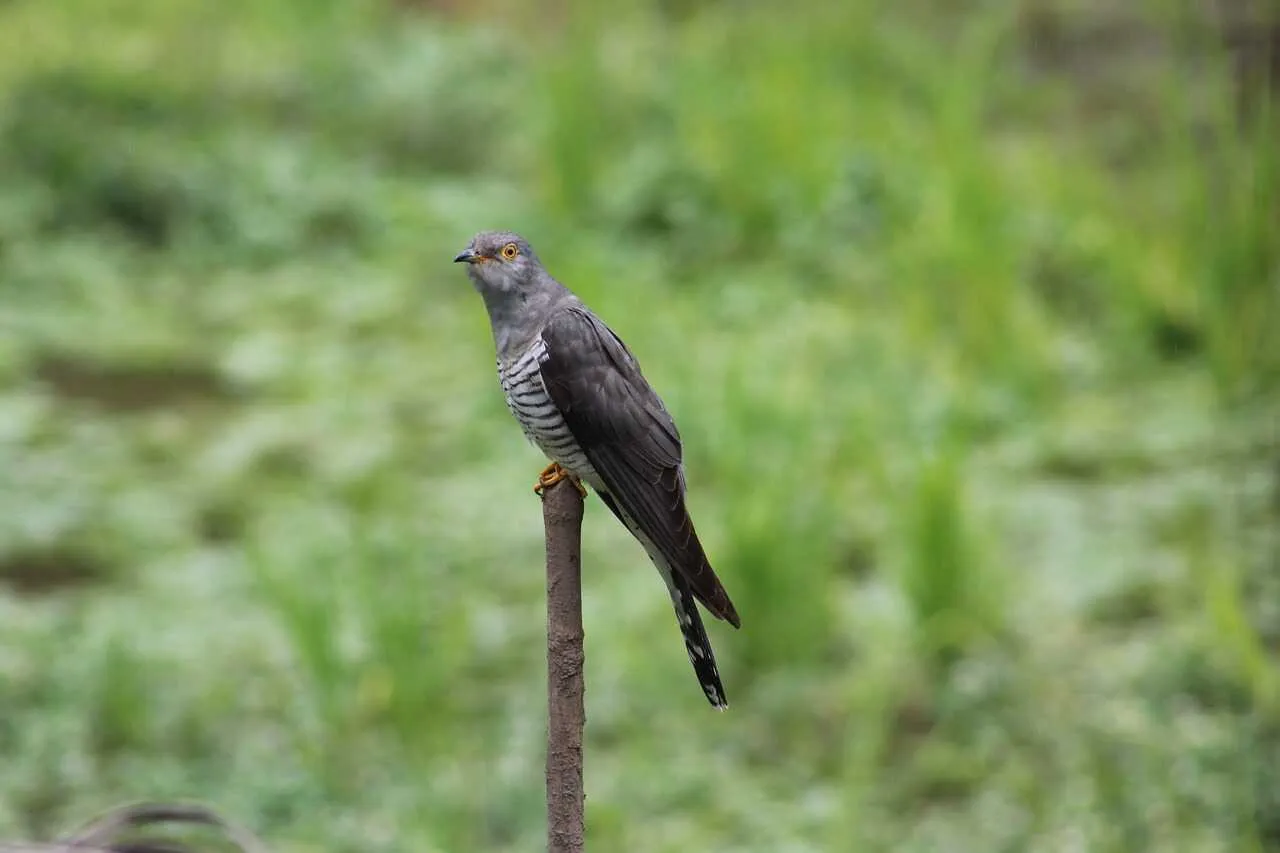
Variants of Common Cuckoo
- Gray Cuckoo
- Red-chested Cuckoo
- Eurasian Cuckoo
Information
Congratulations! You are the first commenter!

Create Your Favorite List!
Cuckoo
Save the animals you love! Build your own list to quickly revisit your favorites later.

Would you like to leave a comment?
※Please note: This is for the purchase of rights to post comments within the article.
Find Your Favorites!
Our shop offers a unique and attractive selection of goods themed around various animals.
Cuckoo References
Cuckoo Introduction of media used
Pixabayが提供するEmrah Aktaşの動画]

Manoj AyerによるPixabayからの画像

Vinson Tan ( 楊 祖 武 )によるPixabayからの画像

Takashi YanagisawaによるPixabayからの画像

amarnath jaganathanによるPixabayからの画像

Erik KaritsによるPixabayからの画像

Anirudh SinghによるPixabayからの画像

Jhadeswar KhandaによるPixabayからの画像

gracielaoyhenardによるPixabayからの画像

Help Enrich Our Animalbook.jp with Your Media!
We are constantly looking to expand and enrich our Animalbook.jp with amazing photos and videos of animals. If you have any media that you'd like to share, please contribute and help us showcase the beauty and diversity of the animal kingdom. Your submissions will be credited and featured in our encyclopedia, reaching a wide audience of animal lovers.


















